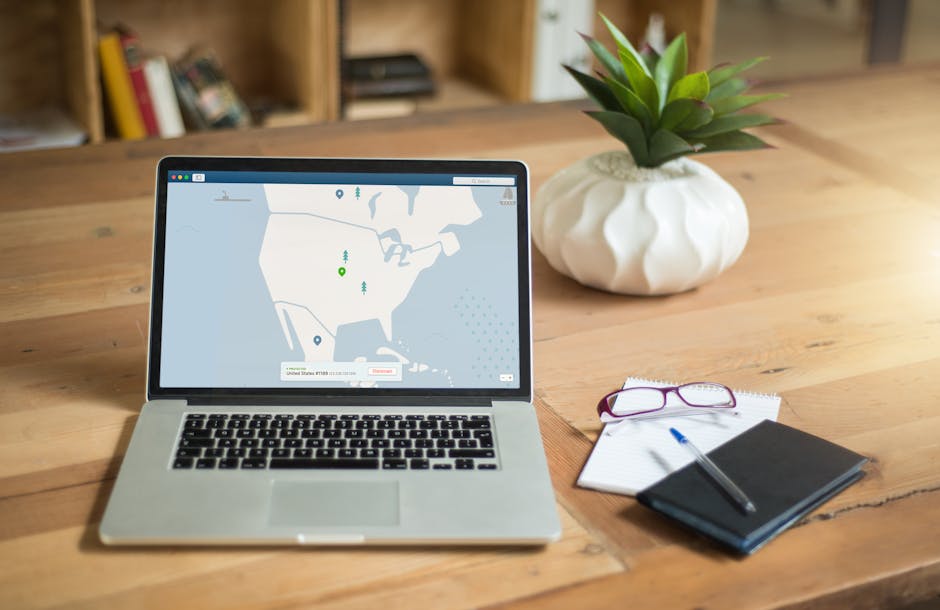Elevating Workplace Security: Best Practices for a Safe and Secure Office Environment
“As organizations grow and adopt hybrid work models, safeguarding resources becomes an increasing challenge. This article explores best practices for elevating workplace security, including visitor screening, access control, surveillance systems, employee training, and physical improvements to create a safe and secure office environment. ”

In today's dynamic work environment, ensuring the security of your workplace is more critical than ever. With the rise of hybrid office models and the increasing complexity of organizations, safeguarding your employees, facilities, technology, files, and intellectual property can be a daunting task. However, by implementing a comprehensive security plan and following best practices, you can significantly reduce the risk of security breaches and create a safe and secure work environment.

Know Who's On-Site at All Times
One of the most effective ways to improve workplace security is to implement a robust visitor screening process. By anticipating, tracking, and reporting who enters your workplace and why, you can ensure that all visitors meet your criteria for entry. This process should include questions about the purpose and time of the visit, as well as visitor contact information.
Additionally, consider incorporating workplace health and safety measures, such as wellness, symptom, and vaccination screening questions, to confirm that employees and visitors are healthy before they arrive. Maintaining a comprehensive visitor log can help identify suspicious trends and provide valuable information for reporting purposes in the event of an incident.
Grant Appropriate Access Levels
Not every visitor requires the same level of access to your workplace. By utilizing the information gathered during the visitor screening process, your front desk staff can grant each guest the appropriate level of access based on their reason for visiting.
Investing in an access control system allows you to customize visitor access levels and ensures that each guest is granted the necessary entry permissions when they check in. This approach enhances your overall workplace security by preventing unauthorized access to sensitive areas.

Invest in Alarms and Surveillance Systems
Physical security systems, such as alarms and cameras, serve as an important line of defense against potential threats. Alarms draw attention to unwanted intruders, while video cameras record incidents and provide evidence in the event of a security breach.
A robust surveillance system should record clear visual and audio, integrate with your broader security apparatus, and alert authorities when suspicious activity is detected. The presence of these systems not only helps defend your workplace but also acts as a deterrent to potential intruders.
Train Your Employees
Empowering your employees with the knowledge and skills to prevent security breaches is crucial to maintaining a safe workplace. Develop a comprehensive security protocol that outlines best practices for both digital and physical security, including guidelines for handling sensitive documents, sharing intellectual property, and visitor check-in requirements.
Conduct annual training sessions on workplace security rules and include situational examples that resonate with employees to bring security policies to life. Encourage employees to report any suspicious behavior and ensure that your incident reporting policy protects their identities.

Make Physical Improvements
To further enhance workplace security, consider making physical improvements to your office environment. Take inventory of your workplace valuables, such as confidential files, intellectual property, and computers, and assess how well they are protected.
Implement basic physical security measures, such as locks on doors, badge-restricted access to offices, and secure filing cabinets. On the digital front, ensure that all devices are password-protected and require regular updates. Revamp your digital filing system, tier documents by level of confidentiality, and store all confidential documents in password-protected folders.
By constantly thinking about how to improve security at your workplace from all angles, you can stay prepared for evolving threats. Whether it's an invisible virus, a physical intruder, or an anonymous hacker, a proactive and vigilant approach to security will help keep your employees, work, and physical workplace safe and secure.
For more information on scaling hybrid work security, download our comprehensive ebook, "A Framework for Scaling Hybrid Work Security."